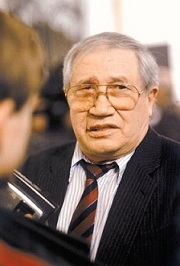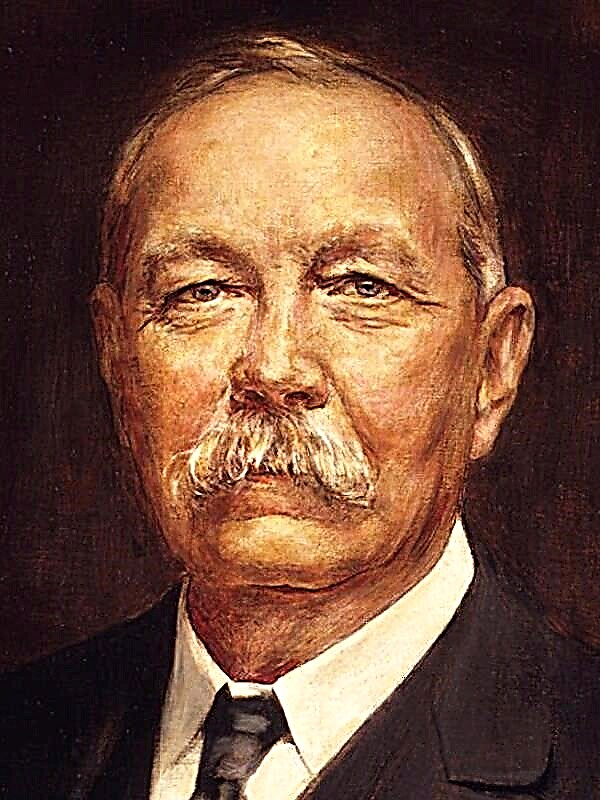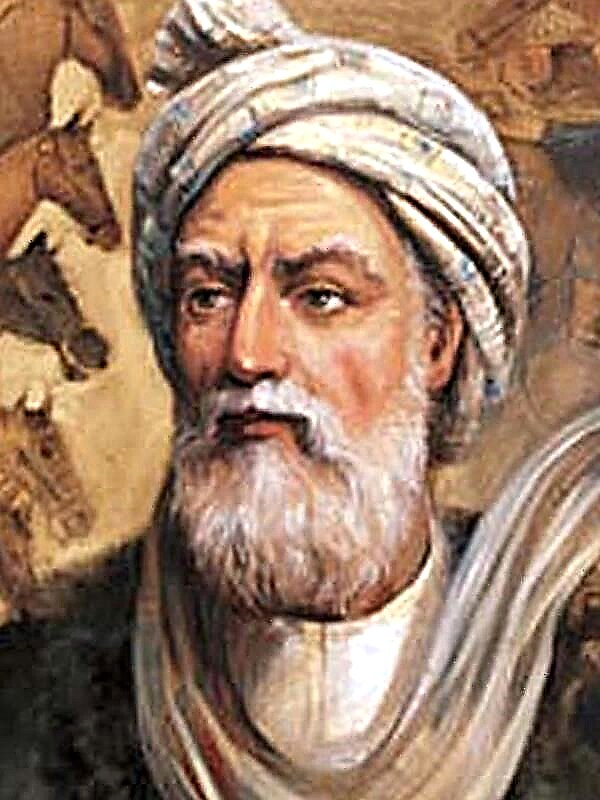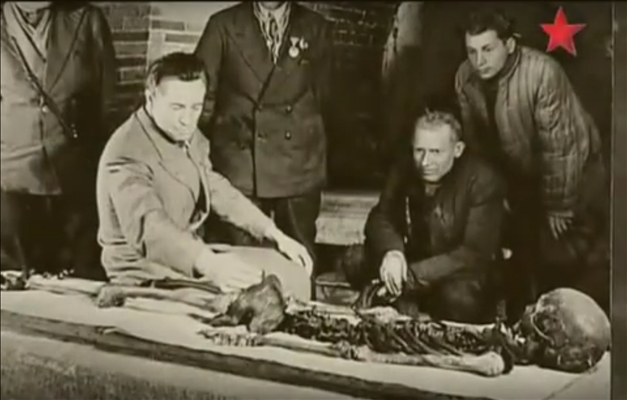A play in poetry and prose, based on the contents of the last book, Ramayana
Having freed Sita from imprisonment in Lanka and killing her demon-kidnapper Ravana, Rama and his wife return to Ayodhya, where the days of their lives are now serene and happy. On one of these days, Sita and Rama inspect an art gallery, on many canvases of which their former fate is captured. The sad events of the past alternate in joyful paintings, the tears in the eyes of the spouses are replaced by a smile, while Sita, tired of her new emotions, does not fall asleep in the arms of the moved Rama. And just at that moment, the royal servant of Durmukha appeared, who reported discontent among the people, who condemned Rama for taking back his wife, who had stained her honor by being in the house of the demon king. The duty of a loving spouse, confident in the purity and loyalty of Sita, requires Rama to despise false suspicions, but the duty of the sovereign, whose ideal is Rama, commands him to expel Sita, who provoked a murmur of subjects. And Rama - no matter how bitter he is - is forced to order his brother Lakshmana to take Sita to the forest.
Twelve years pass by. We learn from the story of the forest nymph Vasanti that Sita went into exile pregnant and soon gave birth to two twins Kushu and Lava, whom the sage Valmiki raised in his monastery; that she was taken under her protection by the goddess of the Earth and the Ganges River, and the river and forest nymphs became her friends; and with all that she is constantly tormented by both resentment at Rama and longing for him. Meanwhile, in the forest of Dandaku, where Sita lives, in order to punish a certain apostate who could serve as a bad example for others, Rama comes. The surroundings of Dandaki are familiar to him from a long time exile in the forest with Sita and evoke painful memories from him. The distant mountains seem to Rama as before, from which, as then, the cries of parrots are heard; all the same hills overgrown with shrubs where frisky fallow deer jump; they also whisper affectionately to the rustling of reeds on the banks of the river. But before, Sita was next to him, and the king sadly remarks that not only his life has faded - the running of time has already withered the river bed, the lush crowns of trees have thinned, birds and animals look shy and wary. Rama pours out his grief in the bitter lamentation that he hears, bending over Rama, the invisible Sita. She is convinced that Rama, like herself, is suffering severely, only by touching her hand twice saves him from deep fainting, and gradually indignation gives way to pity, resentment - love. Even before the upcoming reconciliation with Rama, she confesses to herself that the “sting of shameful exile” has been torn from her heart.
After some time, the hermits living in the forest, the father of Sita Janaka and the mother of Rama Kausalya meet a boy who is surprisingly similar to Sita. This boy is really one of the sons of Sita and Rama - Lava. Following Lava, the son of Lakshmana Chandraketu appears, accompanying the sacred horse, who, according to the custom of the royal sacrifice - ashvamedhi should wander for a year where he pleases, indicating the boundaries of the royal possessions. Lava boldly tries to block the path of the horse, and Chandraketu, although she has an unaccountable kindred sympathy for the stranger, enters into a duel with him. The fight is interrupted by the nearby Rama. In excitement, Rama peers into the features of the Lava, reminding him of Sita and himself in his youth. He asks him who he is, where he came from and who his mother is, and Lava takes Rama to Valmiki’s abode to answer all his questions.
Valmiki invites Rama, as well as Lakshmana, the relatives of Rama and his subjects, to watch a play composed by him about the life of Rama. Roles in it are played by gods and demigods, and in the course of a play in which the past is constantly intertwined with the present, the innocence and purity of Sita, the loyalty of Rama to royal and conjugal duty, the depth and inviolability of their mutual love are invariably affirmed. Convinced by a divine representation, the people enthusiastically praise Sita, and finally, her complete and final reconciliation with Rama takes place.












